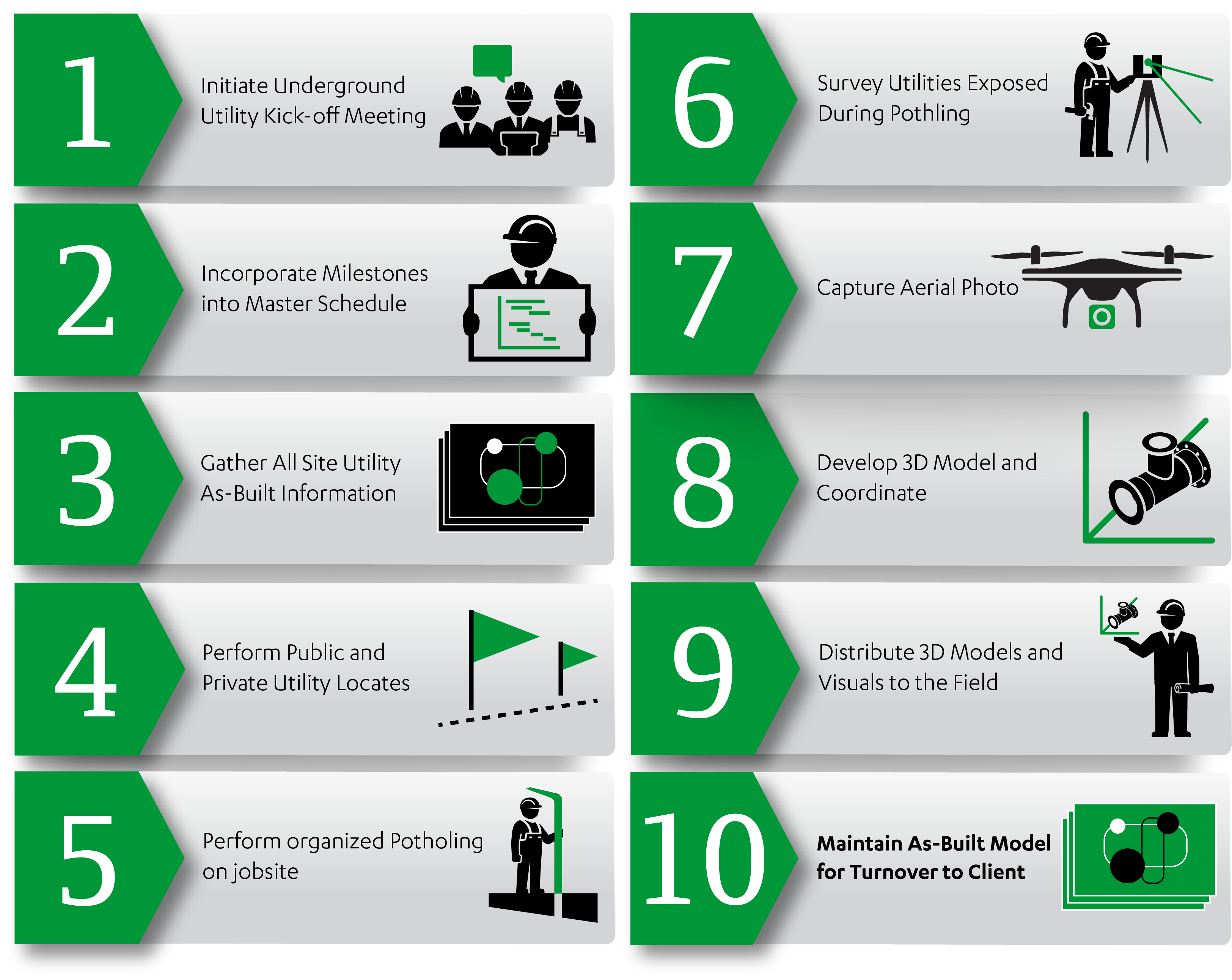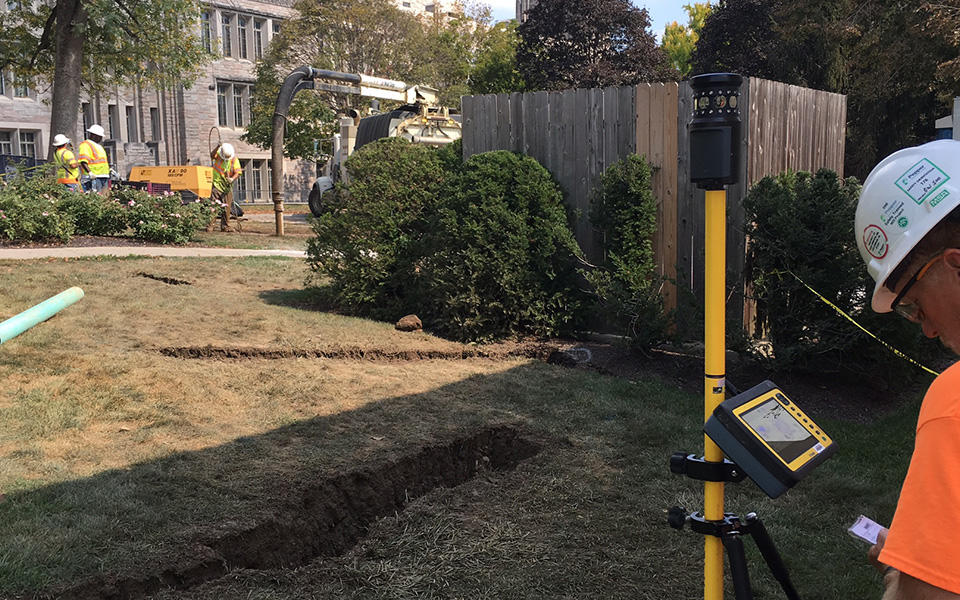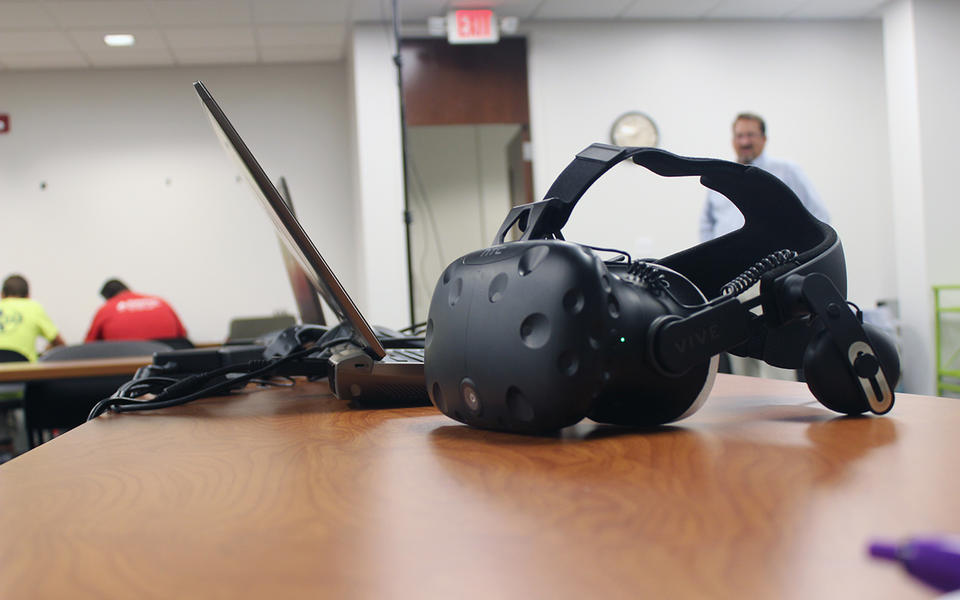Virtual construction & technology, Safety
Did you know that 63 percent of utility strikes occur because the excavation practices or locating practices were insufficient? Two years ago, despite implementing industry-leading standards for avoiding underground utility strikes, we were still hitting utilities on our jobsites. That led us to create our Underground Utilities Damage Prevention (UUDP) program.
In our first UUDP blog post, we gave a sneak peek at our new process for avoiding damage to underground utilities after implementing it on just a handful of jobs. Below is the 10-step process.
Now, two years in, we are ready to share our results thus far and how some of our lessons learned are driving the direction we are heading in the future.
Getting out of the ground
We knew when we first started this process, we still had a lot to learn, so we planned for a spirit of continuous improvement which was essential for our future success. On our earliest projects, we scheduled lessons learned meetings after the underground work was completed and asked our project teams some questions:
- What could have gone better?
- What were the hang-ups with the process?
- Was there something we did that didn't add value and was wasteful?
- Was there something we didn't do that we should have?
After those five projects were completed, we brought together a larger group of Pepper team members and subcontractors who had gone through the process and asked these questions. This time we weren't just interested in how we could improve on the next project; we wanted to answer this question:
Should we continue using this process on our projects?
The answer we received was a resounding yes.
At that point, our company decided to make this process mandatory on projects where we are performing underground utility work, with a modified version when executing the full process is not warranted. That said, it is becoming less and less frequent that we see a job where it is not warranted.
How have we done?
Fast forward to today, and we are now two years and 17 projects into our implementation. At this point, we have a good sample size that we can begin to analyze the data. We reviewed the results on our projects and the cost of implementation and compared those two factors against the negative costs and impacts associated with utility strikes, summarized in the image below.
Cost vs. Reward
Finally, we evaluated the added cost to implement this process on our projects. One of our earliest concerns was if it would be too costly to implement. Over the span of nine projects in 2018 we conducted a cost analysis of the process to help us determine if we were still on the right track. After adding up all of the costs associated with each step of the process and subtracting out the cost for activities we were already doing prior to implementing our new process, we discovered this process was costing an average of around $9,000 to implement per project, or around .03% of a project's overall value.
We concluded that weighing the positive project results and the nominal added costs against the negative implications of a utility strike, the results are definitely what we had hoped to see.
Yet, we still see room for improvement, particularly with regard to executing the process.
Continuous improvement
Referencing our experience on these 17 projects, we're stepping back and evaluating our process once again from a holistic standpoint. Compiling all the lessons learned and experiences, we are asking ourselves two main questions about this process moving forward:
01. How can we execute this process faster?
In our old process, work could begin immediately after potholing was completed. Now, we have additional steps after potholing: creating a 3D model, coordinating it, and communicating it to the team prior to construction. Our project schedules are created to take this into account. However, we believe technologies are available now that can help us expedite this workflow. We are also looking for more opportunities to get the UUDP process started sooner during design.
02. Can we move from a relatively static set of deliverables to a more dynamic set?
Not unlike other aspects of a construction project, the communication of information across team members during the underground utility stage of a process is crucial. We are finding that the deliverables we are generating are helping our project teams, but the timeliness could still be enhanced. We are now exploring new technologies that can help enable real-time information exchange.
We will be taking a deeper dive into our process and taking a look at these questions at our upcoming presentation at the 21st Annual Lean Congress in Ft. Worth, Texas. Hopefully we will see you there. For those who can't attend, stay tuned for updates from us as we continue to refine our program. We have seen some great results and have no doubt shifted the paradigm on underground work on our projects. The foundation has been laid, and the best is still yet to come.
About the Author








